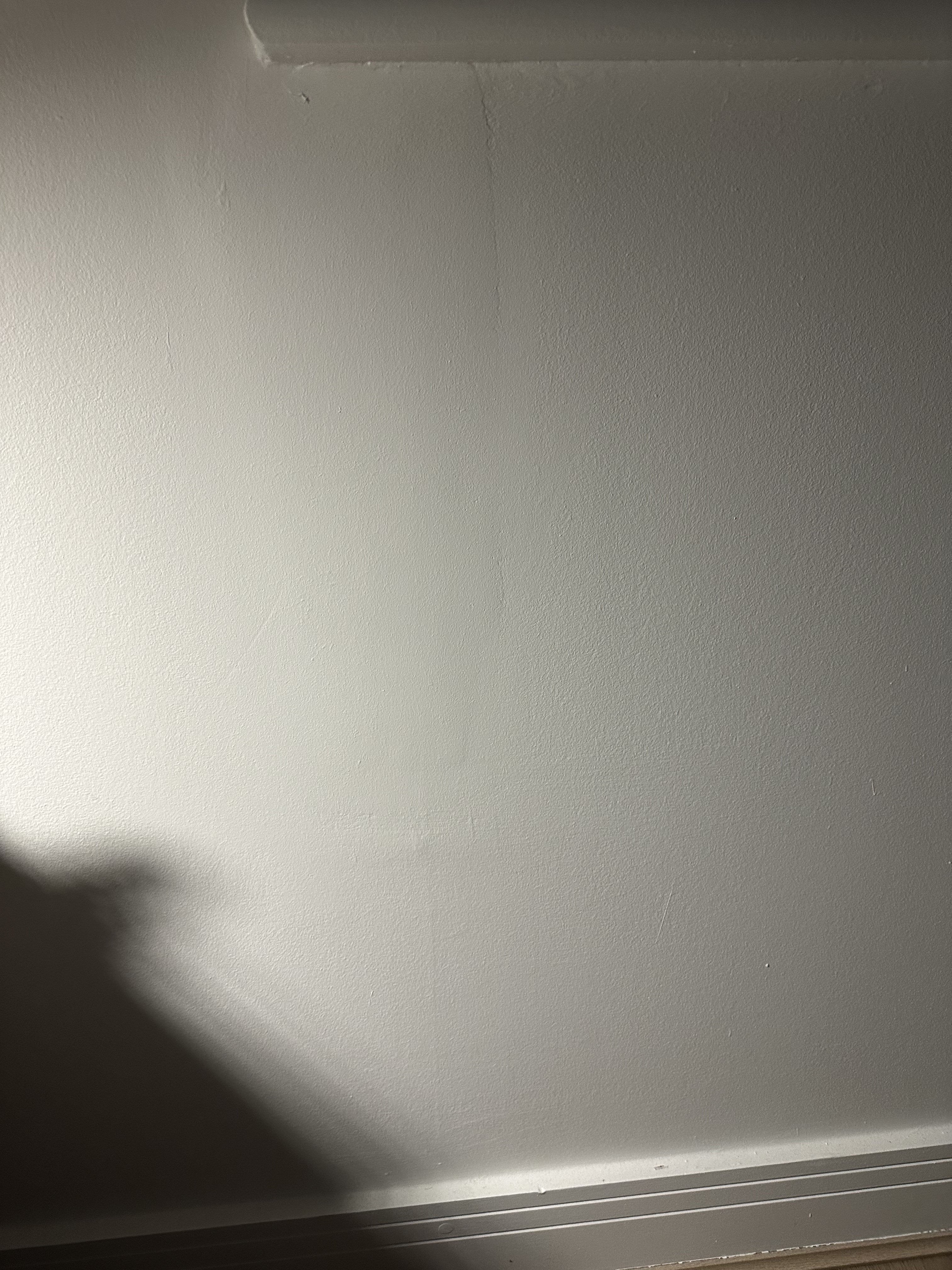We’d like to remind Forumites to please avoid political debate on the Forum.
This is to keep it a safe and useful space for MoneySaving discussions. Threads that are – or become – political in nature may be removed in line with the Forum’s rules. Thank you for your understanding.
PLEASE READ BEFORE POSTING: Hello Forumites! In order to help keep the Forum a useful, safe and friendly place for our users, discussions around non-MoneySaving matters are not permitted per the Forum rules. While we understand that mentioning house prices may sometimes be relevant to a user's specific MoneySaving situation, we ask that you please avoid veering into broad, general debates about the market, the economy and politics, as these can unfortunately lead to abusive or hateful behaviour. Threads that are found to have derailed into wider discussions may be removed. Users who repeatedly disregard this may have their Forum account banned. Please also avoid posting personally identifiable information, including links to your own online property listing which may reveal your address. Thank you for your understanding.
📨 Have you signed up to the Forum's new Email Digest yet? Get a selection of trending threads sent straight to your inbox daily, weekly or monthly!
Uneven wall in a flat.
yya
Posts: 23 Forumite



Hi all, I just refurbished my flat, which is a purpose built flat in 2000. After I moved it, I noticed that parts of the wall are not even, which I have never seen before. I took some photos and posted here. The flat has plaster boards on the ceilings and walls. I did not change them as that would require freeholder to agree. Does anyone have any idea what caused the wall to be not even or flat, and is there a way I can fix this problem without changing the plaster boards? Thanks a lot in advance.



0
Comments
-
If you 'refurbished' why didn't you tackle the wall issues? Looks like some plaster repairs previously but not done perfectly.
2 -
NameUnavailable said: Looks like some plaster repairs previously but not done perfectly.I would hazard a guess that it is dry wall mud (jointing compound) that hasn't been sanded down properly. Either slap a bit more on over a greater area and feather the edges in, or sand back the hump a bit more. The danger with the latter is you might expose some jointing tape/mesh.Who ever stuck that scotia strip on needs talking to - Snots of glue stand out like a sore thumb and should have been dealt with before the glue dried (a damp cloth/sponge would have sorted it).
Any language construct that forces such insanity in this case should be abandoned without regrets. –
Erik Aronesty, 2014
Treasure the moments that you have. Savour them for as long as you can for they will never come back again.0 -
Most likely as FreeBear says. It looks like a poor tape-and-fill job.Two main ways to finish plasterboard; one is to butt the sheets, tape over the joints, and then skim the whole lot. That (should) gives a smooth and level finish.The other way is to use tapered-edge boards which are thinner where they join. That allows tape and a wide band of filler to be pasted over the shallower part in order to bring it level - the rest of the p'board is not skimmed.Both are fine - if done properly. Yours looks like the latter, but not done very well.For the first one, place a straight edge - like a ruler - across it and see if, and by how much, it wobbles. If it's 'high', it'll need sanding back, but watch out for exposing the tape as said above.Use a largish hand sanding block with at least a third-sheet size of say 120 or 180 grit paper.NB: If this is taper-edge board, so that there is only filler AT the joints, then take care of the surrounding board surface as it'll be paper and not plaster. Use the finer grit - 180 - and try and avoid sanding the actual surrounding wall - just focus on the high bits.Once you've brought all the high bits down to 'surface' level, then you can see if there's any need to add any filler to fill up hollows.... Use 'fine surface' filler.0
Confirm your email address to Create Threads and Reply

Categories
- All Categories
- 352.3K Banking & Borrowing
- 253.6K Reduce Debt & Boost Income
- 454.3K Spending & Discounts
- 245.3K Work, Benefits & Business
- 601K Mortgages, Homes & Bills
- 177.5K Life & Family
- 259.1K Travel & Transport
- 1.5M Hobbies & Leisure
- 16K Discuss & Feedback
- 37.7K Read-Only Boards


